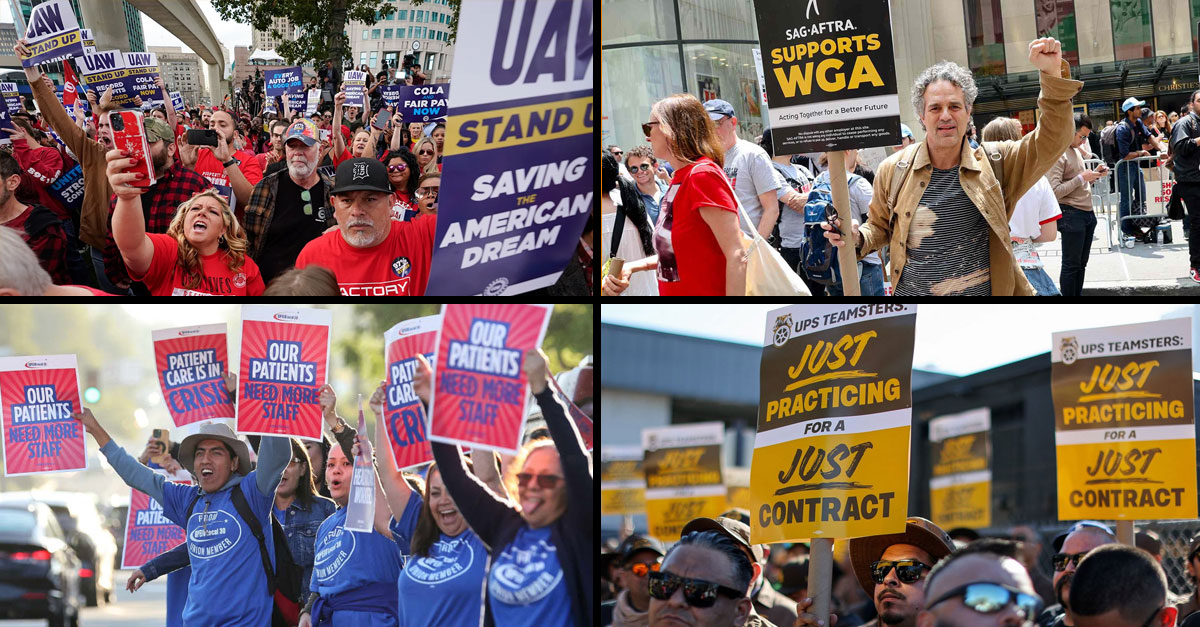The US labor market, particularly in the manufacturing sector, has witnessed significant shifts in recent times. As of September 2023, the manufacturing landscape is marked by a unique juxtaposition of elevated job postings and wage growth, albeit at a decelerating pace compared to national averages.
Manufacturing workers, after enduring decades of sluggish wage growth, are now making their voices heard. The headline that captures the essence of this movement is the United Auto Workers (UAW) strike that began last month. The UAW and the Detroit Three automakers are inching closer to a deal. The public statements and postures might paint a picture of discord, but behind the scenes, progress is evident, especially with Ford and Stellantis. GM’s recent acquisition of a $6 Billion line of credit flashes signs that they are digging in. The strike is costing GM about $10 million per day. Which isn’t great. But not as bad as some predicted. The costs could stretch into Billions of dollars if the strike persists into November.
The UAW’s demands are clear: job and income security, increased compensation, pay equity, work-life balance, and the inclusion of planned electric vehicle production under the union’s national master contracts. The Big Three’s proposals have largely responded to the union’s demands, with considerations for their performance-related metrics. Since the strike began on September 15th, it’s estimated cost is around
Analysts estimate that the full cost of the union’s demands would more than double the average hourly labor costs of the companies. Investors are wary of such a steep increase, fearing a return to the financial instability of the past.
Ford and Stellantis have made significant offers to narrow the gap on key items. GM, however, remains a point of contention. The path to a final settlement requires flexibility, give-and-take, and a focus on common interests. Despite the fiery rhetoric, compromise remains possible.

However, it’s not just the manufacturing sector that’s seeing labor unrest. Michigan’s largest retail chain, Meijer, is also in the spotlight. Tens of thousands of Meijer workers, represented by the United Food and Commercial Workers Local 951, are gearing up for union contract negotiations. Their demands? Wage increases, more paid time off, and an enhanced medical plan. The sentiment is clear: after risking their lives during the pandemic, these workers feel they deserve better compensation and benefits.
John Cakmakci, the president of the UFCW Local 951, poignantly remarked, “When the pandemic hit, we were all going to work. We seem to have been forgotten now.” He emphasized that it’s time for Meijer to share its “healthy profits” with its workforce.
This sentiment is echoed across various sectors. High-profile contract negotiations are underway, including those between the SAG-AFTRA actors and artists and Hollywood studios. Along with wins from the SAG Writers Guild, UPS, and The UAW’s pressure tactics on Detroit’s Big Three, Organized Labor could be starting to have it’s moment and strengthening it’s appeal, especially as Gen-Z becomes the largest part of the workforce over the next few years.
Interestingly, the pendulum seems to be swinging rapidly towards labor. As Cakmakci noted, in his 40 years of experience, he’s never witnessed such a swift shift. This sentiment is backed by data from the Economic Policy Institute, which found that union membership in the US increased by more than 16 million workers from 2021 to 2022. However, a closer look reveals a nuanced picture: while more jobs were unionized, nonunion jobs were added at a faster rate, causing a slight decline in the share of workers represented by a union.
On October 4, 2023, over 75,000 unionized employees of Kaiser Permanente, a leading not-for-profit health provider in the US, initiated the largest healthcare worker strike in the country’s history. The workers, spread across states like California, Colorado, and Washington, are protesting for improved working conditions, especially in the aftermath of the pandemic. Their demands include better staffing levels, citing current shortages that jeopardize patient care and push many to their limits. The strike, which began at 6 am, is expected to last until Saturday morning. If no agreement is reached, a more extended strike might occur in November.
Despite these challenges, unions are doubling down on their efforts. They’re leveraging public support, which is near an all-time high, and the growing outrage against skyrocketing executive compensations to negotiate better deals. The willingness to strike, as demonstrated by the UFCW’s demands for “significant wage increases” and better medical plans, underscores the changing dynamics.
The labor landscape in the US, especially in Michigan, is undergoing a transformation. From manufacturing to retail, workers are demanding their rightful share of the pie. As negotiations unfold and strikes loom, one thing is clear: the voice of the worker is louder and more potent than ever before.


